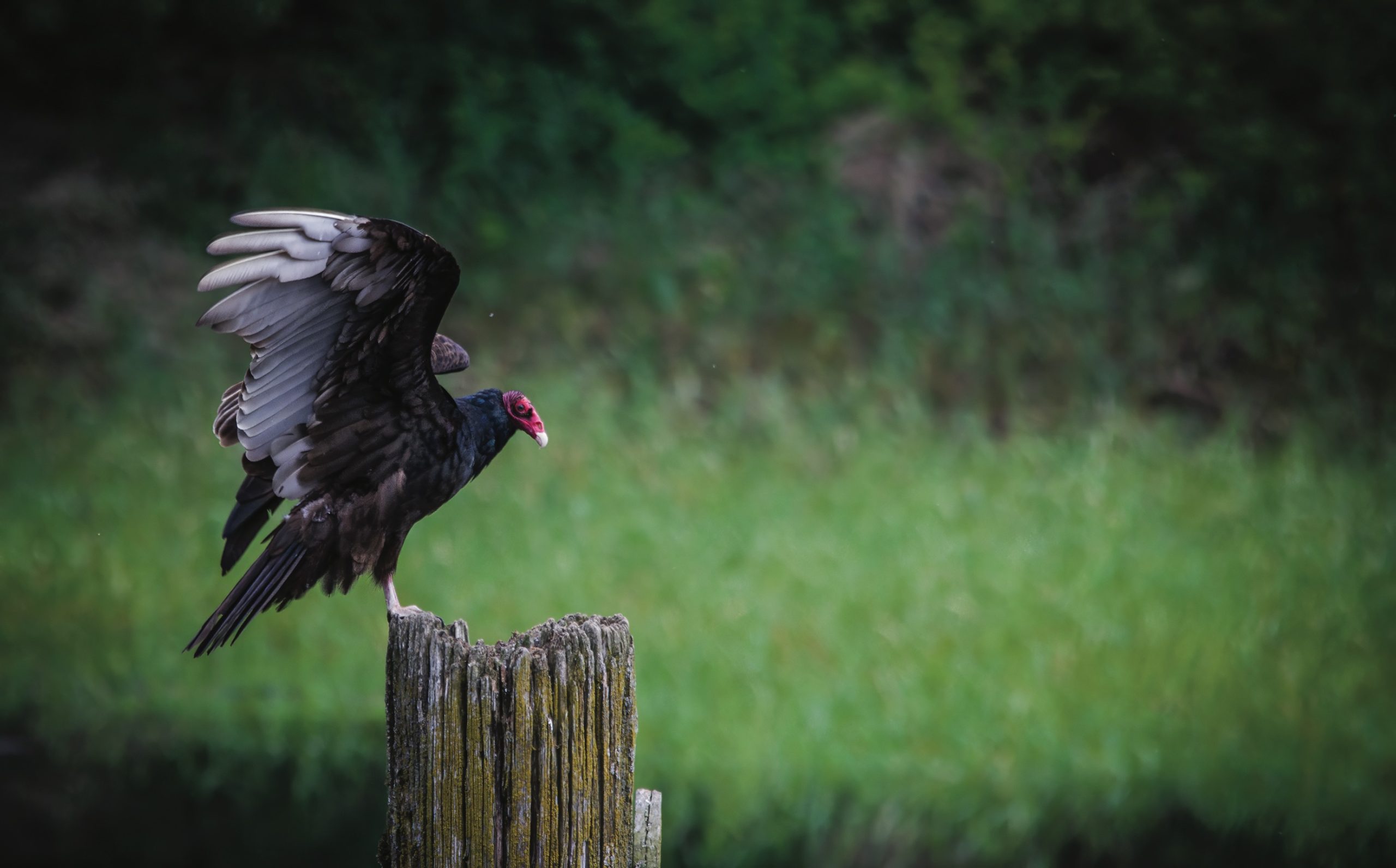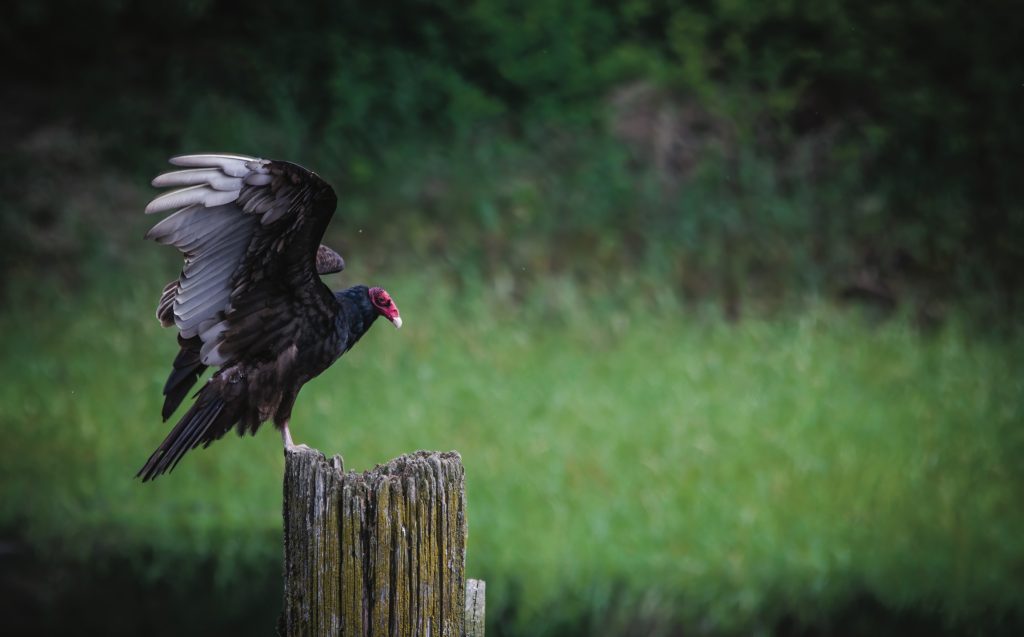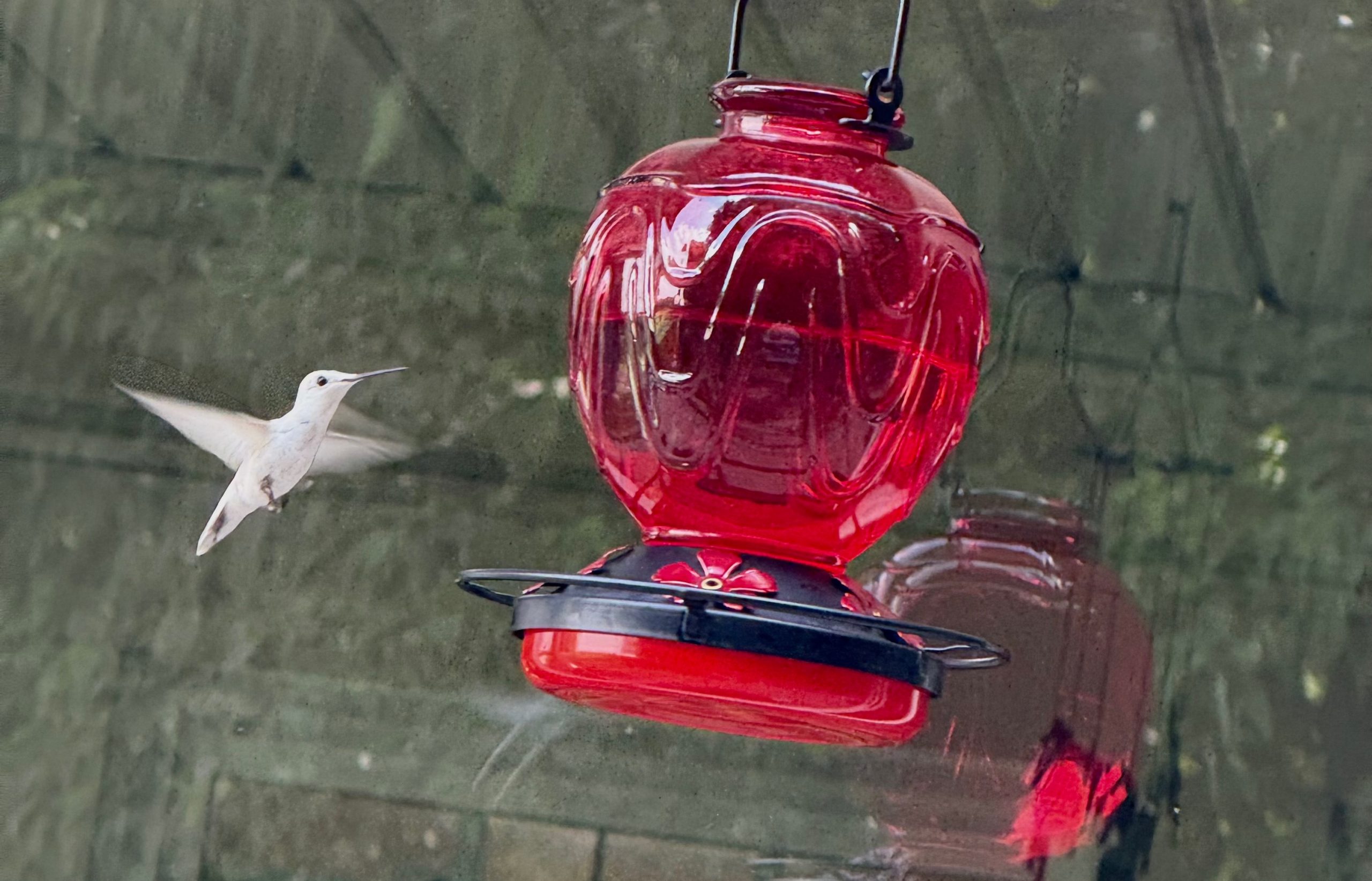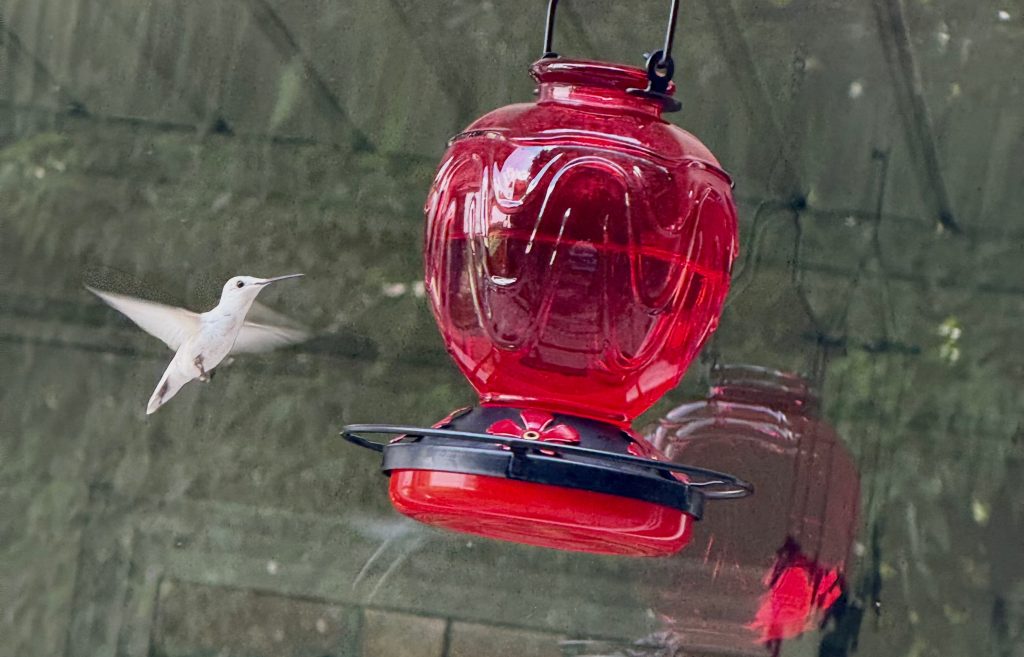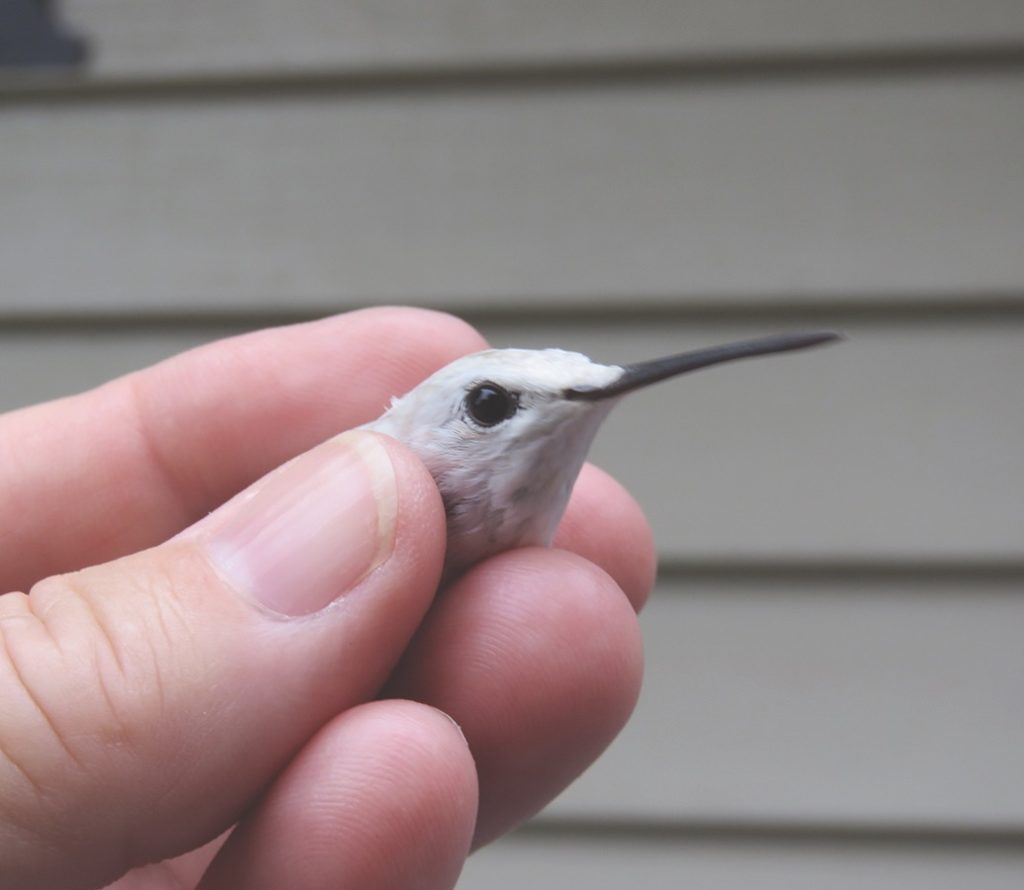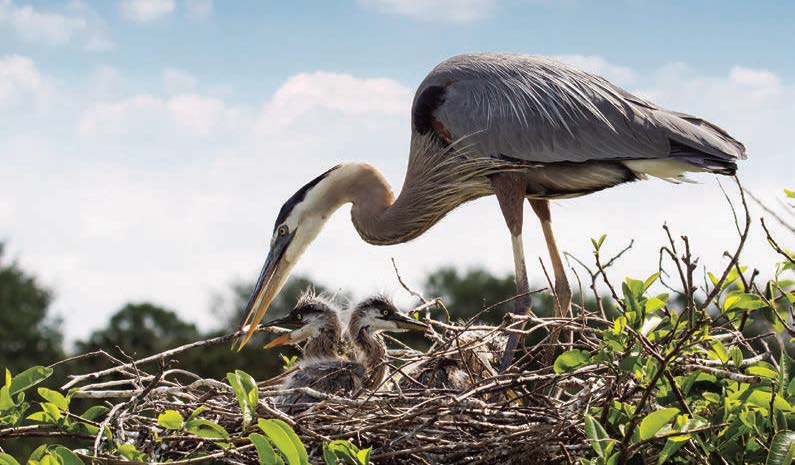BIRDWATCH

The Powerful Fox Sparrow
Large, handsome and hard to spot
Sparrows are a common sight throughout central North Carolina in winter. Historically, eight different species could be found in a day across the Sandhills and Piedmont. The gregarious, prolific and very adaptable house sparrow was added to the mix in the 1800s by early settlers who yearned for a familiar bird from the Western Hemisphere — as well as a means to control insect pests associated with human habitation.
At this time of year, the largest and most handsome of the sparrows is inarguably the fox sparrow. It’s also one of the hardest species to find. Perhaps because of its size and brighter coloration, it is frequently hidden in the vegetation. The fox sparrow is typically over 8 inches in length and very stocky, with bold rufous streaking on its underparts. From the head down the back to the tip of the tail it is a “foxier” reddish in color. Several races of the fox sparrow exist in the U.S. and Canada, with those found farther west being browner all over.
The fox sparrows that we see in winter breed from northern Ontario east to Newfoundland and south into parts of Nova Scotia. They move south in fall and start to appear in North Carolina in October. They seem to flock loosely with other sparrows and finches during the colder months. They prefer habitat that is immediately adjacent to water. Although they eat mainly insects during the summer, in winter seeds and berries tend to make up much of their diet.
More often than not, fox sparrows can be found in expanses of bottomland forest, kicking vegetation and debris for food, though there are lucky backyard birdwatchers who regularly observe them taking advantage of millet and other small seeds under their feeders. During very cold and wet weather, they may move farther into drier areas in search of a meal. I don’t usually see them where I live unless it snows — our predominantly grassy yard is too open to appeal to them. However, we have wet woods with dense tangles of evergreen vegetation not too far away.
Because of their size, fox sparrows are quite strong and capable of uncovering food that is buried deep in the forest floor. They will actually use both feet together to scratch and dig beyond the reach of other small birds. If you are out in wet habitat — or if you check under your feeders after a mid-winter snowfall — you may be treated to a glimpse of one of these handsome and powerful birds.


